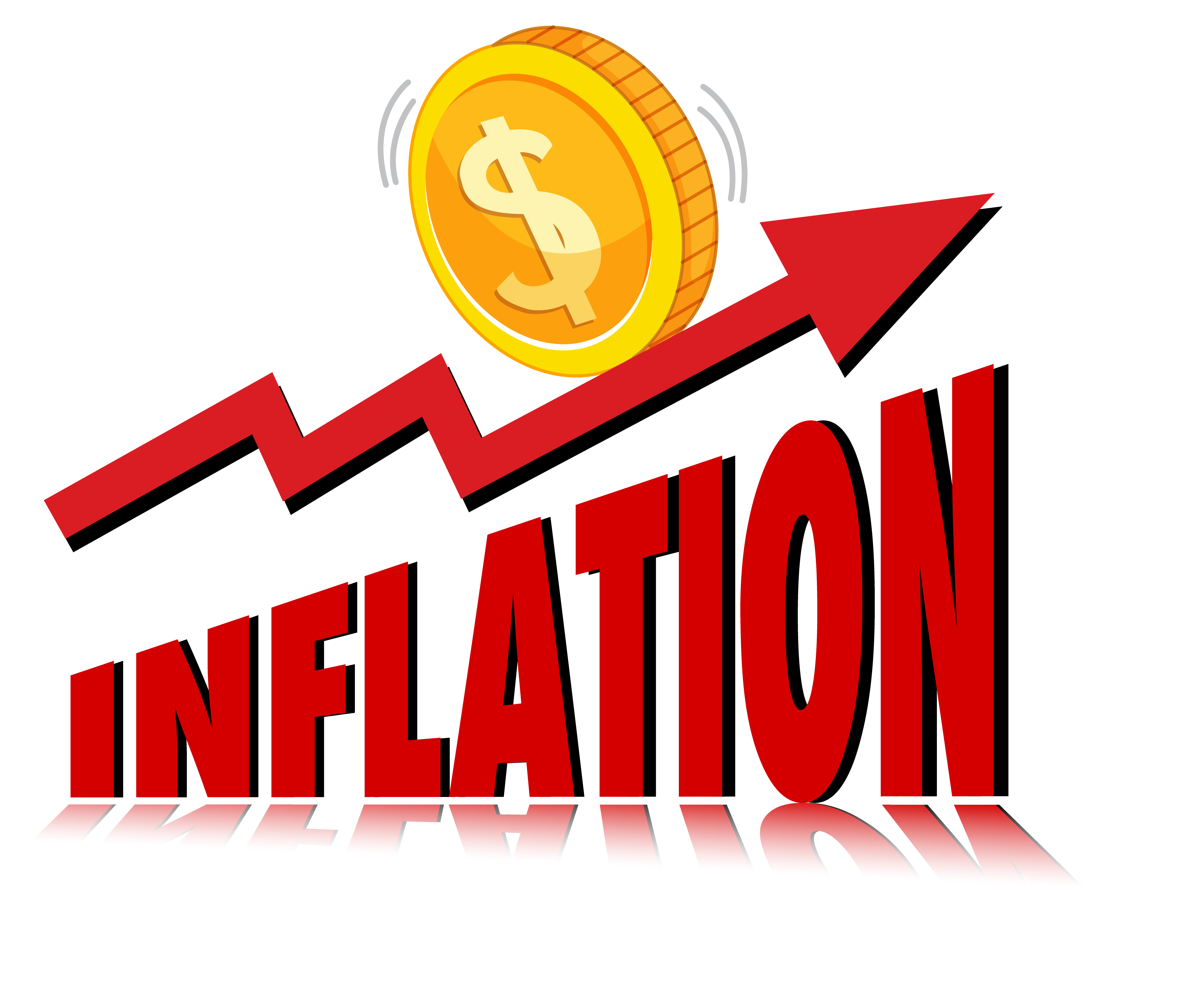
Inflation has been a persistent problem in the South Sudan economy since its independence in 2011. The country has experienced high levels of inflation, which has adversely affected its economic growth and stability. This article aims to analyze the main drivers and control of inflation in South Sudan. The results show that the main drivers of inflation in South Sudan are the supply-side factors, including the high cost of production, shortage of goods and services, high transportation costs, inflation rates, money supply, exchange rate, food prices, and political instability. Additionally, the demand-side factors, such as the increase in the money supply, rapid population growth, and high government spending, also contribute to inflation. The study also identifies the critical measures that can be implemented to control inflation in South Sudan. The first measure is to improve the supply-side factors by investing in infrastructure, reducing transportation costs, and enhancing agricultural productivity. The second measure is to implement monetary policies, such as tightening credit facilities, increasing interest rates, and managing the money supply to reduce demand-side factors' impact on inflation.
Keywords: Inflation, South Sudan, Supply-side Factors, Demand-side Factors, Monetary Policies.



